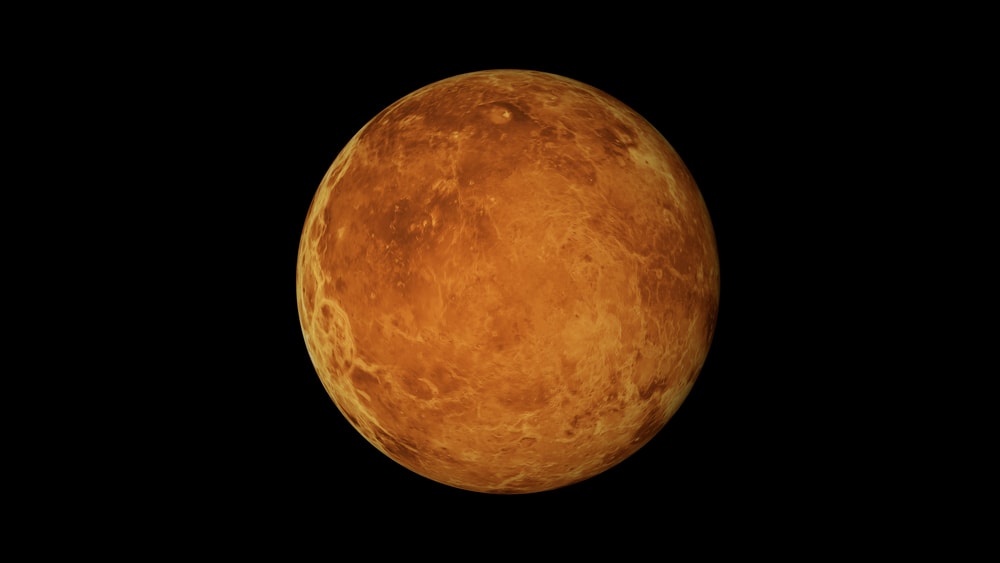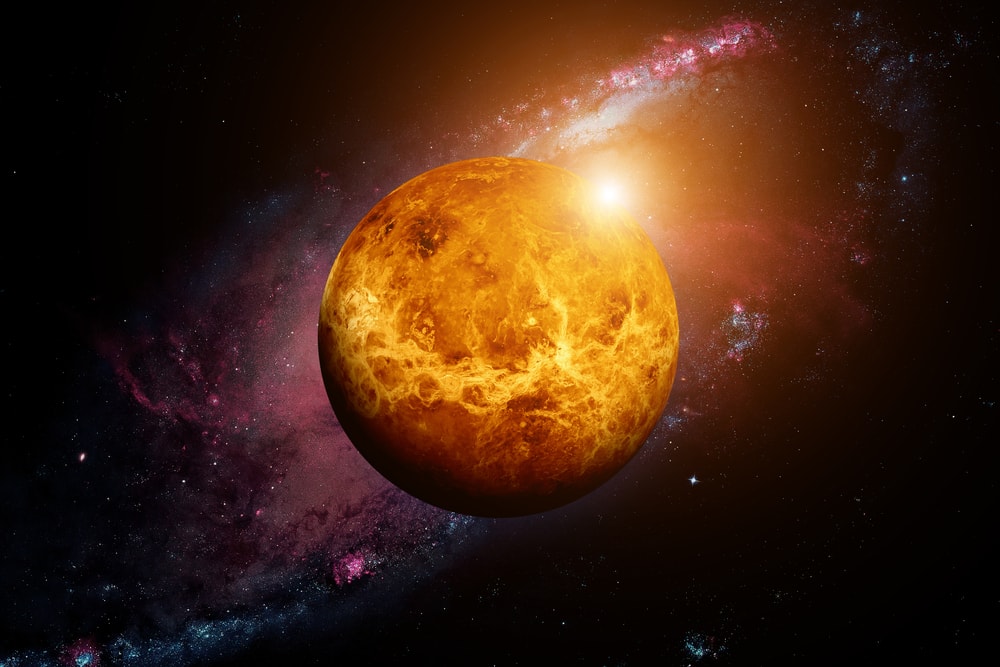There are some scientific mysteries out there that we may never solve. Questions are left unanswered, and all we can do is hope that one day we’ll have an answer to life’s greatest mysteries. Recently, scientists have uncovered a few of these mysteries that define this century and the future of humanity at large. Because there’s such a vast range of mysteries, we’ve compiled a list of some of the greatest ones that define this century, whether we’ve solved them or not. While some people get rich off their weird inventions, scientists get rich from uncovering mysteries about the universe.
Some of these mysteries involve illnesses like cancer and Alzheimers, while others involve mysteries like dark matter and the age of humans. We can only wait and study these phenomena and see what discoveries are made during our lifetime. Scientists work day in and day out to uncover some of the greatest, most wonderful mysteries of the world.
The Surface Of Venus

Hell is probably the closest thing to describing Venus. It’s the second planet from the sun, and its temperatures soar at 900 degrees Fahrenheit. Out of all the planets in the entire solar system, Venus is the hottest one. Its atmosphere is almost entirely carbon dioxide, which contributes to its unbelievably high temperatures. It has a volcanic landscape with clouds made of corrosive sulfuric acid that float above the barren land.

The pressure on Venus is 92 times what you’d feel at sea level on Earth, which means we wouldn’t survive on Venus. It’s one of the biggest scientific mysteries, though, because scientists who study the solar system truly believe that Venus was once like Earth. They even believe that Venus once had oceans much as Earth has. Then, the bigger question arises about why we are here and how we came onto this specific planet. All we know is that we might not be the only life form out there, but we sure are the only life form in our solar system (Vox).
